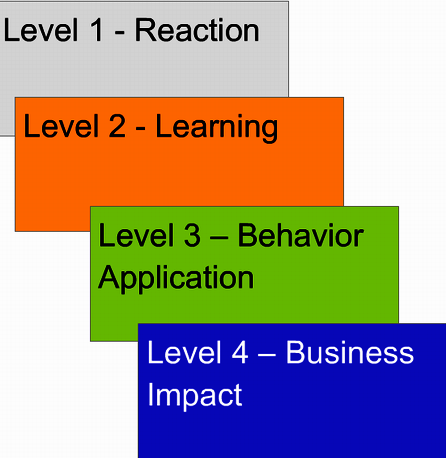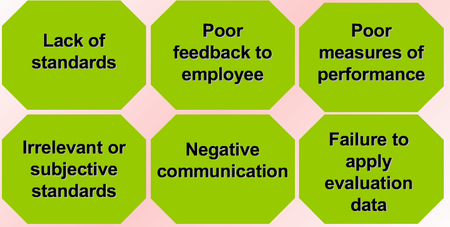If you still hesitate and cannot decide whether to set up human resource metrics in your company or not, then don’t be! HR metrics make up the most powerful tool of measuring the performance of your human resource department as well as the organization in general. They help define and keep track of the personnel productivity, which, in its turn, affects the way the company is operating at the moment. In this article we will have a closer look at four major HR metrics that are highly valuable and informative for any company and the measurement of which does not take much time and effort.

All human resource metrics fall into two basic categories, namely quantitative and qualitative ones. Quantitative indicators deal specifically with hard numbers and matter greatly when it comes to providing strategic support to the company. Qualitative metrics, on the other hand, help provide a reasonable insight into common trends, including motivation, employee attitudes, satisfaction, though these metrics are somewhat inconclusive and quite subjective. Let us focus on quantitative HR metrics, since they are easier to track, observe and analyze. These involve recruitment response time, retention rates, compensation value added and turnover/absenteeism rates.

Recruitment response time is the amount of time an HR department needs to fill a vacant position. Its importance should not be underestimated, since the longer they identify the suitable applicants and complete pre-employment tests, the worse the overall effects upon the company’s current productivity prove to be.
The next HR metrics we are going to discuss here is used to measure retention rates in the company. It is recommended to track them in categories, which will help ensure the metric offers maximum value to a company. Thus, the first step involves the turnover analysis for professional-level and entry-level positions. The next step is to analyze the turnover rate by duration (30, 60, 90 days and one year). The thing is that the more information related to the employment duration and type of position you manage to get, the more valuable this metric will become for a company that needs to increase its retention.
Another metric referred to as compensation value added helps detect whether the growth of payroll expenditures in a company is properly justified. To measure this indicator, you will need to perform the comparison of the annual salary percentage growth and the annual revenue percentage increase. Turnover/absenteeism rates are also meaningful for any organization, since they are interrelated. Thus, the higher the absenteeism level is – the higher the turnover rate will become. This is what you should remember when introducing and measuring HR metrics in your company.